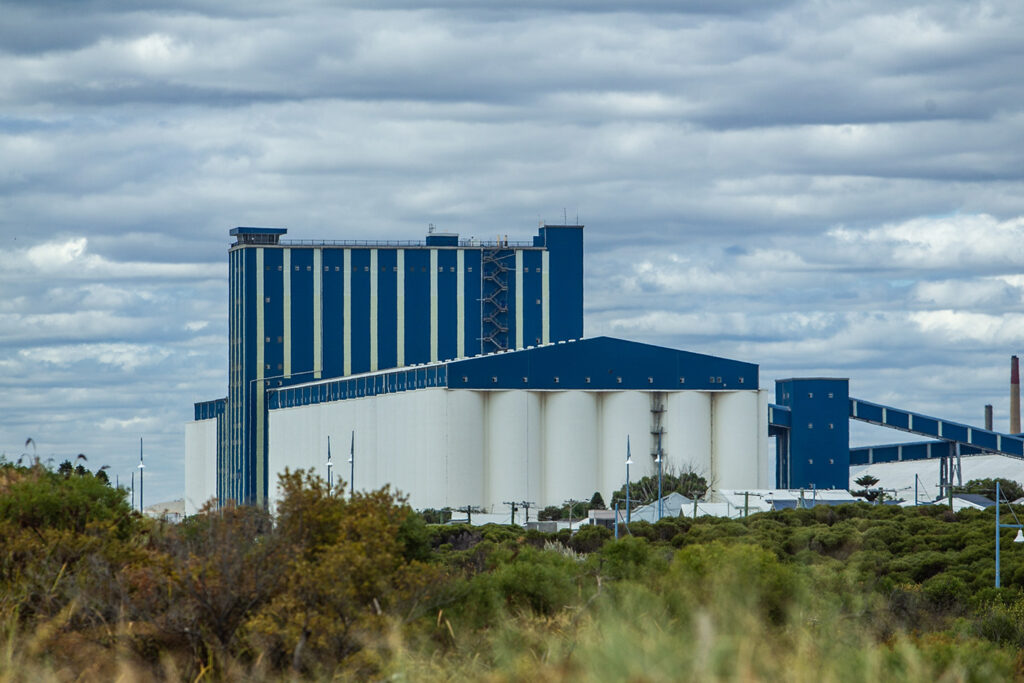Global Surge in Australian Barley Exports: A New Dawn in International Trade
The global landscape of barley exports has undergone a remarkable transformation, with Australia emerging as a significant player. Following the lifting of trade tariffs one year ago, barley exports to China have skyrocketed to unprecedented levels, while major South American markets have also shown a growing interest in Australian grains.
According to the latest data from the Australian Bureau of Statistics, nearly five million tonnes of barley were exported to China between October 2023 and May 2024. This staggering figure represents a substantial 80 percent of Australia’s total barley exports. This is a sharp increase from the pre-tariff era when China accounted for about 50 percent of Australia’s barley exports. The 80.5 percent trade tariff, imposed in 2020, had previously hampered trade, but its removal has rejuvenated exports.
At the Grains Industry Association of WA’s barley forum, held on Monday, Mary Raynes, the barley markets manager from the Australian Export Grains Innovation Centre, underscored Australia’s competitive edge in freight costs as a key attraction for Chinese buyers. Raynes noted that while beer consumption in China has seen a decline, the demand for higher-quality malt used in premium brewing has balanced out the market.
China’s barley imports have seen a dramatic rise to 14.5 million tonnes in the 2023-24 period, a significant increase from 5.9 million tonnes in 2015-16. On the other hand, Saudi Arabia’s barley imports have plummeted from around 12 million tonnes to just three million tonnes, as the nation shifts towards using compound pellet feed grains.
One of the forum’s significant highlights was the burgeoning interest from Brazilian maltsters and brewers in Australian barley. There is potential for South American malting barley exports to develop into a 1.5-million tonne market. Raynes revealed ongoing efforts to persuade the governments of Brazil and Colombia to eliminate trade barriers on Australian barley.
"We don’t have market access to Brazil for malting barley, but what we’ve been told is that larger brewers and malting companies in Brazil are willing to provide the necessary commercial backing to push our barley varieties into Colombia and Brazil and reduce tariffs," Raynes explained. "Having the support of major commercial players to engage with their governments about our trade and market access requirements is a significant achievement."
Similar initiatives have been taking place in Mexico. Mexican maltsters and brewers have begun to switch from domestic barley sources, favoring Australian barley due to its higher yields and superior sustainability credentials. Currently, Mexico imports about 380,000 tonnes of malting barley annually, covering approximately 80 percent of its needs. Australia’s total market share in South America stands steady at 500,000 tonnes.
This surge in Australian barley exports highlights the dynamic nature of global agricultural trade and the potential for strategic market expansions. With international commercial interests supporting these moves, Australia’s barley industry stands to benefit significantly from its renewed and growing presence on the global stage.
For more information on the Australian Export Grains Innovation Centre, please visit their official website.
